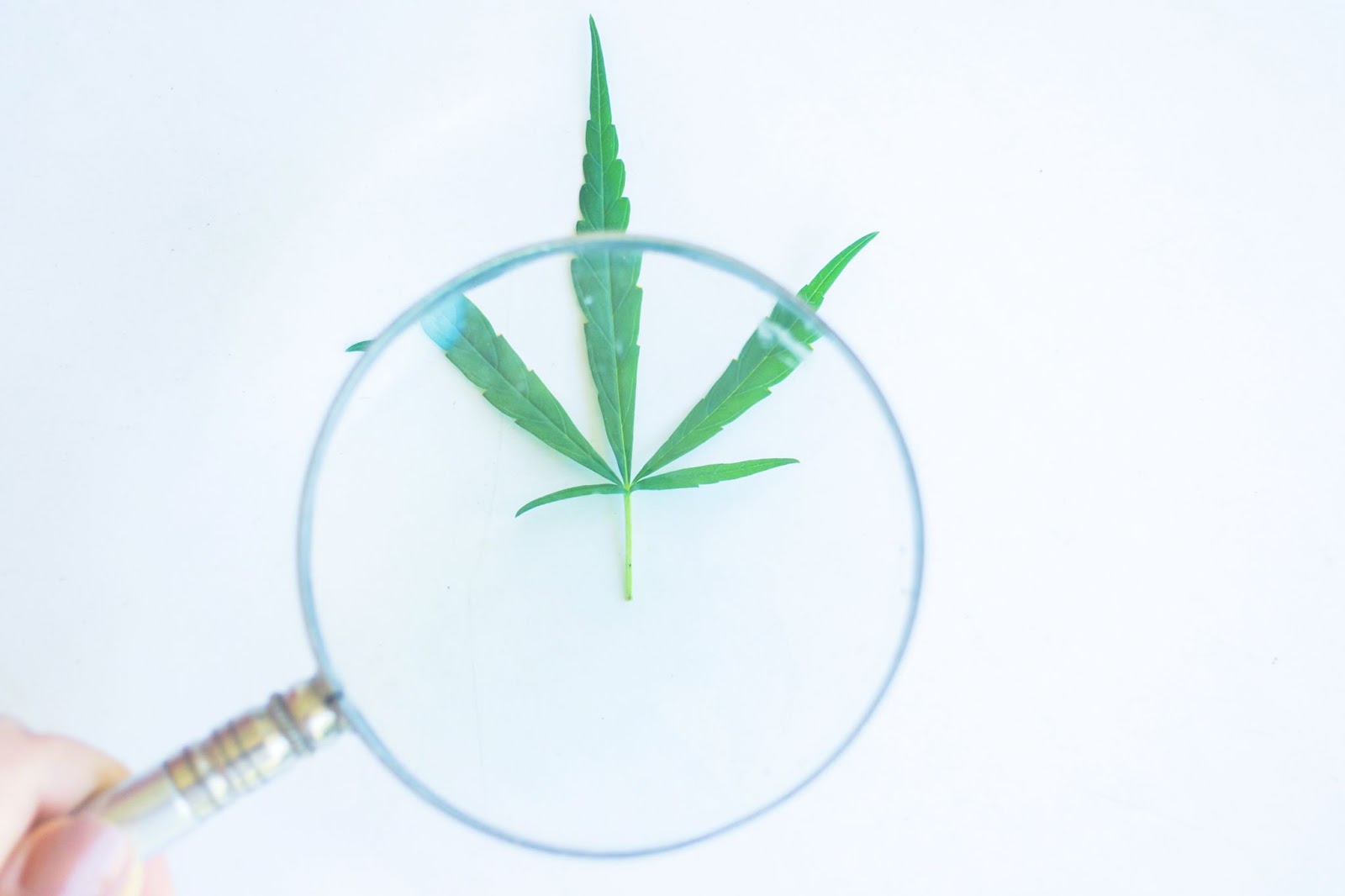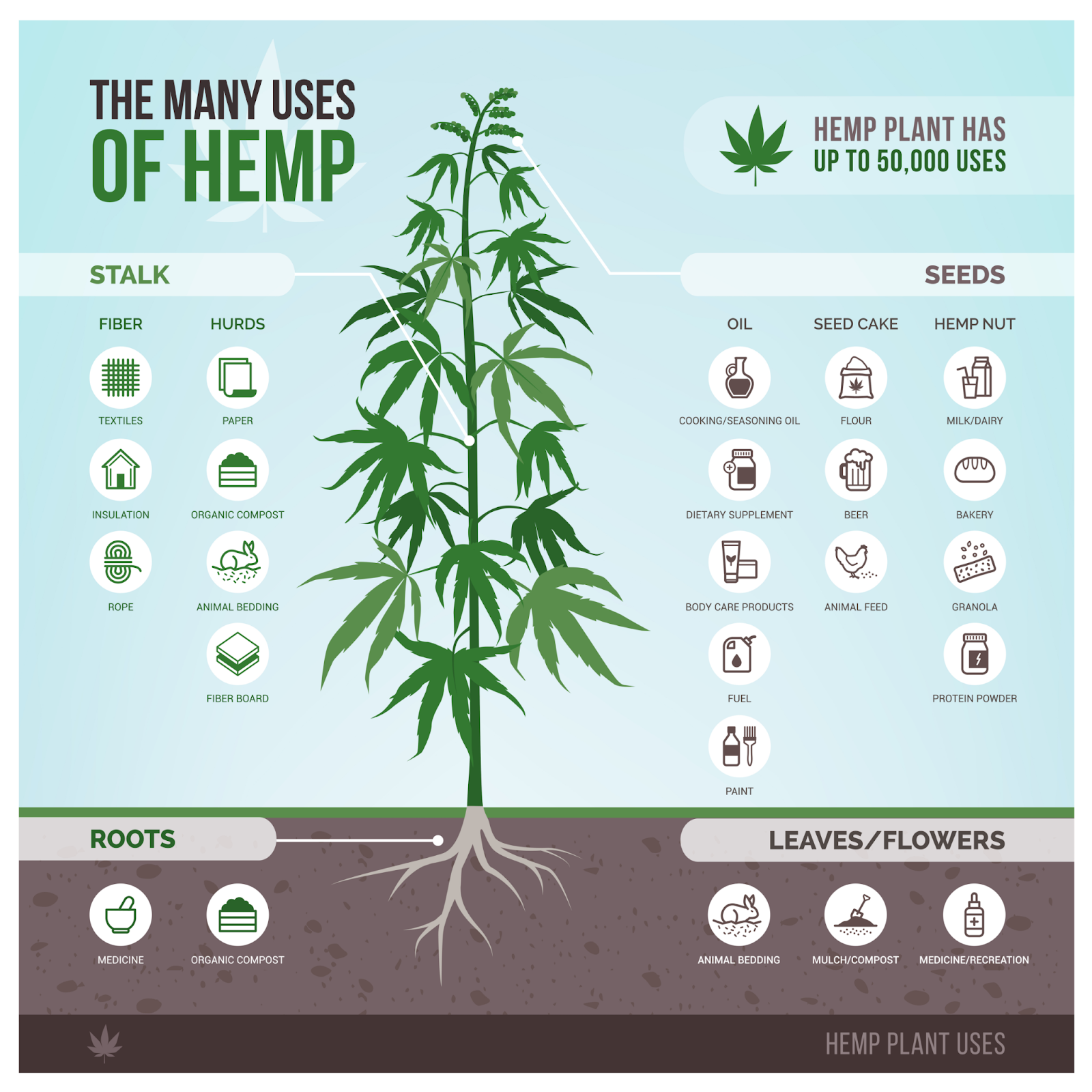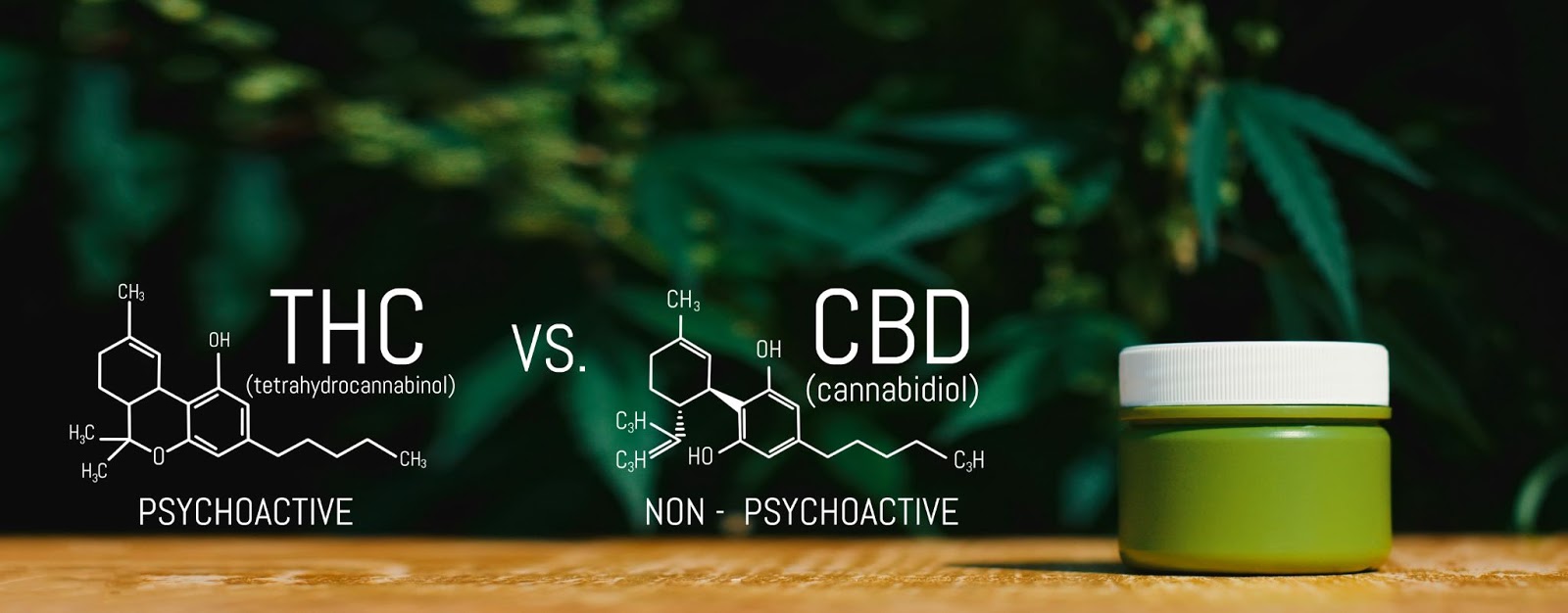
Hemp and marijuana have been used for thousands of years for various purposes. While the two plants come from the same species, their individual chemical makeup gives them notable differences. Here’s what you need to know about the differences in effects, usages, medicinal benefits, and legalities.
What is the difference between hemp and marijuana?
It’s a common myth that hemp and marijuana are two separate types of plants. In fact, they both come from the same genus. The Cannabis genus encompasses three species: Cannabis sativa, Cannabis indica, and Cannabis ruderalis. Hemp is one variety of the Cannabis sativa species, while marijuana can come from either the sativa or indica species. The defining characteristic between the two is the amount of THC found in the plant, or rather, if the plant will get the user high. This singular characteristic has affected both societal perception and legality of both plants, which we will delve into later.
Hemp: Benefits & Usages
By legal definition, hemp cannot contain more than 0.3% THC. Marijuana contains much higher levels, some strains having up to 30% THC content. While the THC levels are a noteworthy difference, hemp, more importantly, is a powerful resource that we’ve been using for millenniums.
Hemp dates back to 2800 BC and is thought to be one of the earliest plants cultivated. It is the only single plant that can feed us, house us, clothes us, and support human health. This, on top of its durability and resistance to rot, has allowed us to find over 50,000 known uses for it. Some of these include newspapers, oil paints, solvents, textiles, and more. Similar to sugar, bread, or any other crucial resource, hemp has been an integral part of mankind. It’s also been used in food products due to its high nutritional content and various health benefits.

Marijuana: Benefits & Usages
Marijuana is a broad term used to describe a female cannabis plant and the flower it produces. These flowers, or “buds,” contain high levels of cannabinoids – the two most abundant being THC and CBD. We’ll explain the difference between those two later. Unlike hemp, marijuana has psychoactive properties – meaning it can get you “high.” While marijuana doesn’t have many industrial uses, it has been proven to have therapeutic usages like helping with chronic pain, anxiety, insomnia, and more.
Legality & Societal Perception
While the psychoactive properties, or lack thereof, are an important difference between hemp and marijuana, this one factor has lead to a skewed portrayal of cannabis. As Aaron Cadena writes for CBDOrigin, “Categorizing Cannabis as either Hemp or Marijuana is akin to classifying all fruits in the citrus genus as either sweet or sour, without acknowledging the diverse characteristics of each fruit.”
Classifying hemp vs. marijuana as a way of function, to get high or not get high shadows over the hundreds of other uses each has on their own. This classification has lead to a difficult legalization process for both plants that is still happening today. Currently, medical marijuana is legal in 36 states. However, only 19 states allow recreational marijuana use for adults. On the other hand, industrial hemp is legal in all 50 states. Despite this, there are still some specific state restrictions for CBD products.

What is the difference between THC and CBD?
THC and CBD are both cannabinoids, a chemical compound found in cannabis that gives the user its effects. To date, there are over 115 known cannabinoids found in cannabis – the two most abundant being THC and CBD. Both hemp and marijuana contain various levels of cannabinoids. As mentioned, by definition, hemp cannot contain more than 0.3% THC on a dry-weight basis. Anything over would legally be considered marijuana. Recently, growers have petitioned for the legal THC limit to be raised to 1% – the threshold for it to have any intoxication potential. However, the U.S. Department of Agriculture (USDA) did not pass a bill to rewrite this regulation stating it would “require congressional action.”
THC
Tetrahydrocannabinol, better known as THC, is the more controversial cannabinoid of the two. This is the chemical compound known to get users high. This happens because THC binds to extremely similar endocannabinoids found naturally in the body. This results in the euphoric effects reported by users. Medicinally, THC is used for pain, glaucoma, nausea, low appetite, and muscle spasticity. THC, unlike CBD, has a biphasic effect on some users. This means low and high doses produce opposite effects. For example, with alcohol, someone may enjoy a good beer or two, but if they have 6, they become depressed, upset, or angry. Learn more about THC dosages on our blog.
CBD
Cannabidiol, also known as CBD, is a nonpsychoactive compound found in hemp and marijuana. This wonder ingredient has become popular in wellness and beauty routines due to its numerous health benefits. CBD has similar medicinal properties as THC but is most commonly used to treat anxiety, depression, seizures, inflammation, and migraines. CBD can also be used in skincare to help with many skin ailments.
Hemp vs. Marijuana Overview
While the two plants come from the same species, there are many things that set them apart. At Green, we offer a huge selection of both hemp-derived CBD products and high-quality marijuana strains. Check out our full menu online. If you have any additional questions, please feel free to contact us.